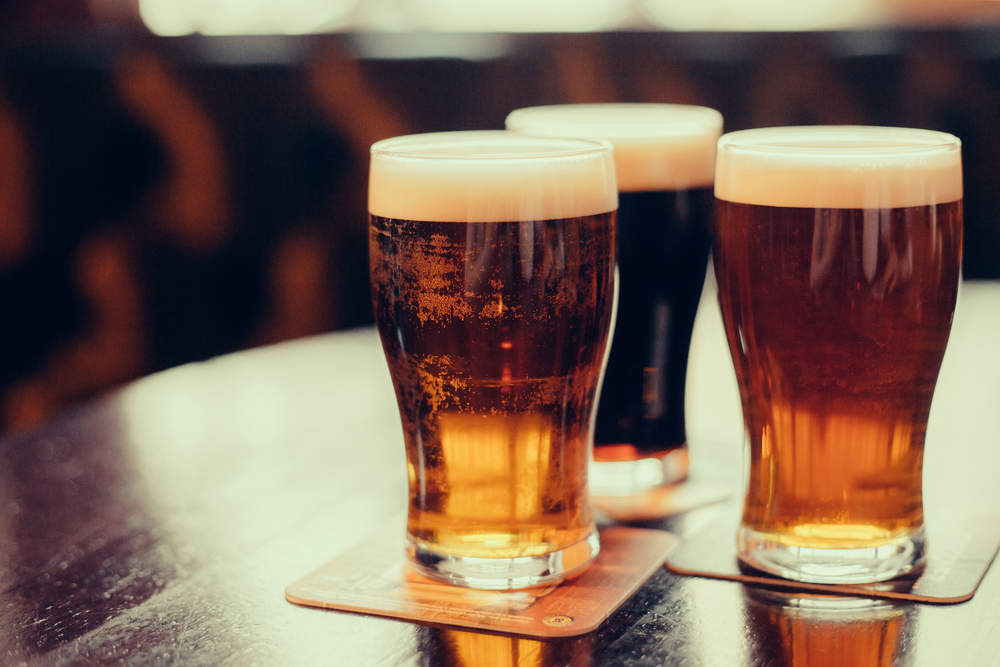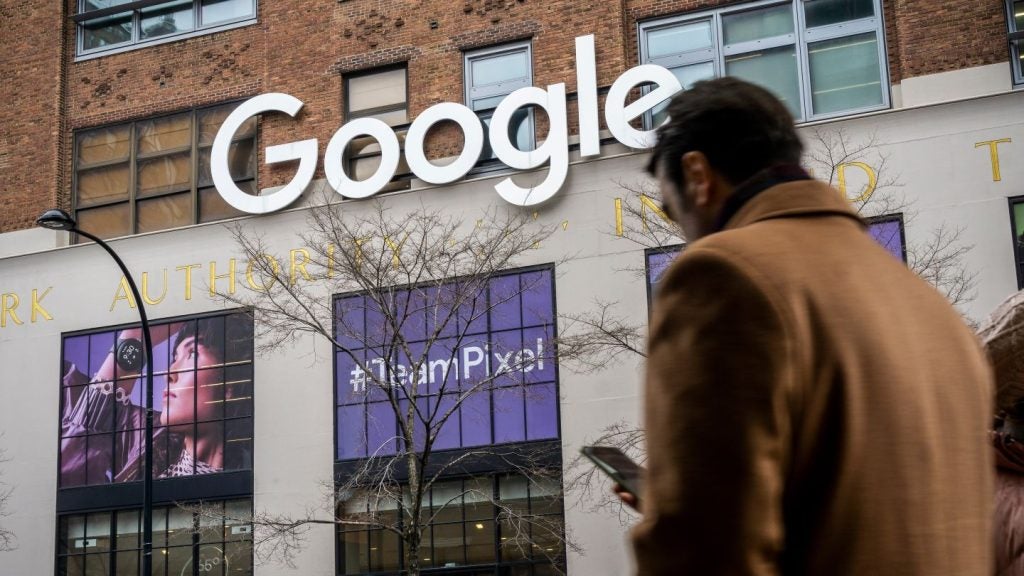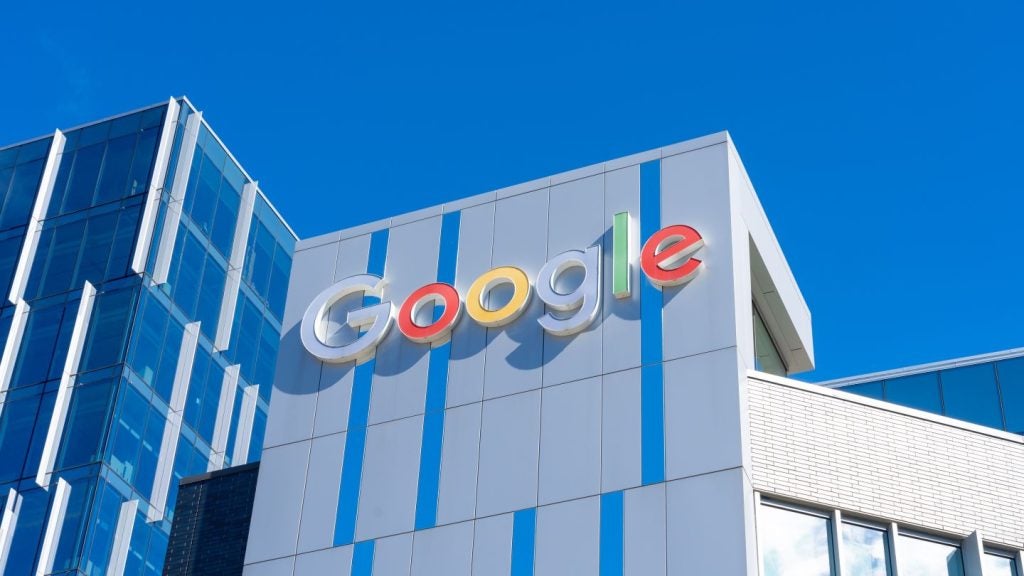
Beer is one of the world’s most ancient drinks.
The history of beer goes all the way back to the beginning of civilisation. Some of humanity’s oldest recorded writings are about beer. Code of Hammurabi, a stone tablet from ancient Mesopotamia created nearly 3,800 years ago discusses laws around brewing beer and managing taverns.
Ancient Mesopotamians even worshipped Ninkasi, the goddess of beer.
Thousands of years later and beer is still popular. In fact, according to Max Nelson, author of The Barbarian’s Beverage: A History of Beer in Ancient Europe, beer is the third most popular drink in the world (after water and tea.)
Still, despite humanity’s great love of beer there’s no consensus on what beer actually is. The brewing process uses cereal grains which ferment in water to produce beer. Most modern beers then use hops or other flavouring agents to give beer a specific taste.
However, despite commonalities in brewing practice, beers vary around the world. Some countries set legal parameters around which alcohols can be sold as beer. For example, in Canada beers must have an alcohol content that ranges from 1.1% to 8.6% ABV whereas in South Korea anything up to 25% ABV is still considered beer.
In addition, different brewers use different grains and flavouring agents for their beer. This has given rise to various different kinds of beer such as lager, ale, and stout. More recently craft beer and beer made from cannabis has also become popular.
Where does beer come from?
While Mexico is probably more famous for its tequilas and mezcal, it is actually the world’s biggest exporter of beer.
According to the International Trade Centre, in 2016, Mexico was responsible for 21.2% of the world’s total beer exports. It exported 3,222,243 tonnes of beer in 2016 alone.
Meanwhile, continentally, it should come as no surprise that Europe is the biggest exporter of beer. 57% of the world’s beer exports come from European countries.
However, while Mexico and Europe are the world’s biggest beer exporters, they are not the world’s biggest beer producers.
Information from GlobalData’s Market Analysers shows that the biggest beer producing countries are China (86,123,740,000 bottles and cans), the USA (58,396,740,000 bottles and cans), and Brazil (28,329,880,000 bottles and cans.) However, the reason these countries aren’t the biggest exporters is because they’re also the biggest beer drinks.
Who is drinking beer?
According to information from GlobalData, just under $622.5 billion was spent on beer around the world in 2017. Their consumer surveys show that around the world 71% of men and 63% of women drink alcohol.
As mentioned above, China, the US, and Brazil are the biggest beer drinking countries in the world. China consumes 49,353,650 tonnes of beer a year, the US drinks 23,842,706 tonnes a year, and Brazil guzzles 12,780,226 tonnes a year.
Data from the International Trade Centre as of 2016 shows that (if trends have bourne out) the most of the world’s beer is bought by Americans. In 2016 the US took in 35.5% of beer imports from around the world. The next biggest importer was the United Kingdom who imported a comparably paltry 5% of the world’s beer.
Top selling beers
Looking at the three top beer-drinking countries, it becomes very clear that lager is the world’s favourite kind of beer by a country mile.
Across China, the US, and Brazil alone 81,149,910,000 litres of lager are consumed every year. Interesting, the trend works in reverse among the three countries. Brazil drinks the most lager, followed by the US, then China.
In China flavoured beer is the second most popular choice. Every year the country drinks 94,570,000 litres.
For the USA, however, ale was the second most popular. Americans drink 1,266,160,000 litres of ale each year.
And finally, in Brazil, like China, flavoured beer was the most popular. The country drinks 47,700,000 litres of the stuff each year.
Will beer manage to stay on top?
While beer might be the most popular alcohol in the world, it isn’t growing as fast as other sections of the industry.
According to GlobalData figures, the spirits section of the alcohol market was actually worth more than beer. As of 2017, the worldwide spirits market was worth nearly $636 billion. In contrast, the worldwide beer market was worth just under $622.5 billion.
Beer could also face some major challenges in the form of government regulation. GlobalData associate analyst Charles Sissens explains:
The biggest challenge for beer is minimum unit pricing. Scotland has already passed the motion for minimum pricing on alcohol and will take effect in May 2018. The plan is to fix level 50 pence per unit, thus aiming to reduce hospital admissions.
The policy is currently being debated in Parliament and may be introduced for England and Wales – in the foreseeable future anyway.
The Institute for Fiscal Studies (IFS) estimated that adding a 50 pence per unit would raise the cost of alcohol by 70% in most shops, placing a massive burden on producers/brewers.
The policy will undermine lower priced and own brand products, thus threatening UK staff and the profits of brands. Also, brands will have to take on additional sunk costs to account for the complex and costly new systems which can deal with new regulations.
Still, in spite of this, GlobalData expects the beer market to grow by 0.3% worldwide between 2016 and 2021. Meanwhile, spirits look likely to grow 3.4% in the same period.
While spirits might overtake beer in the future, ultimately beer’s relatively cost-effective production methods will almost certainly mean that it continues to be relevant in any conversations around alcohol.







